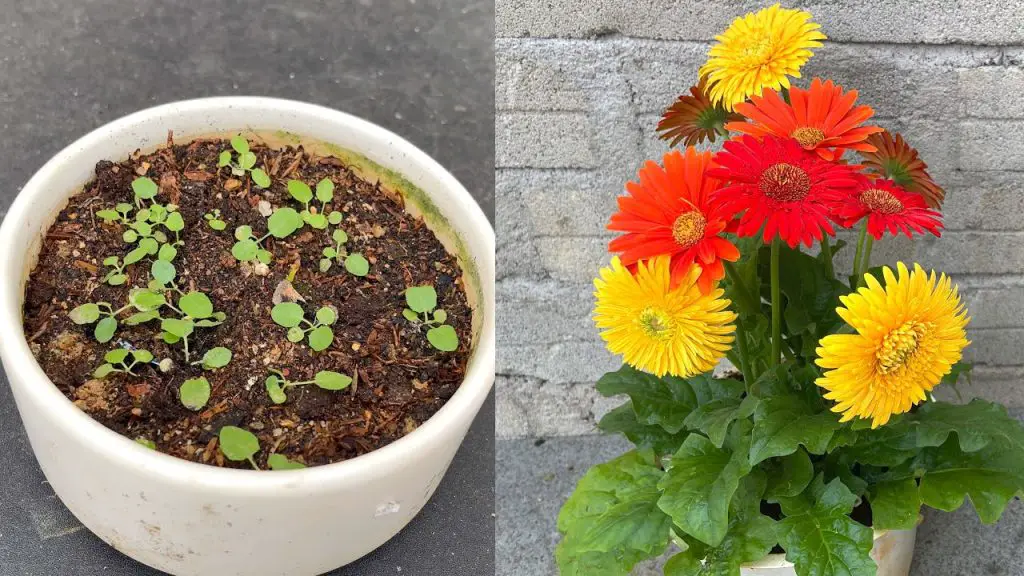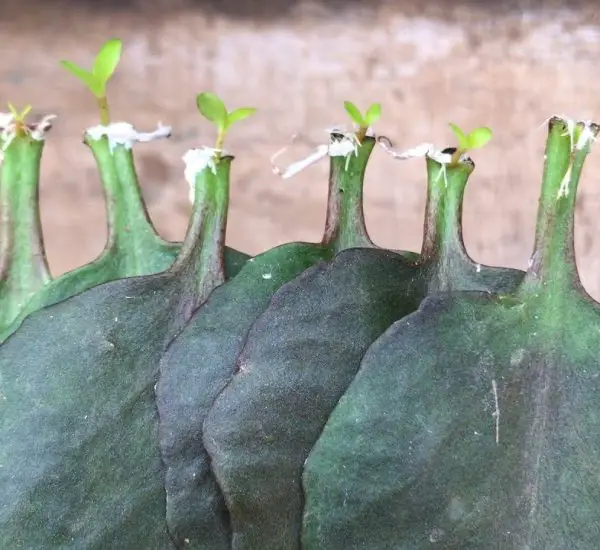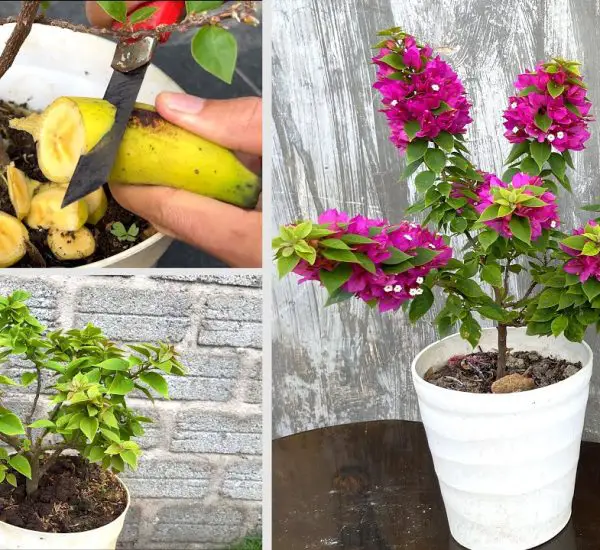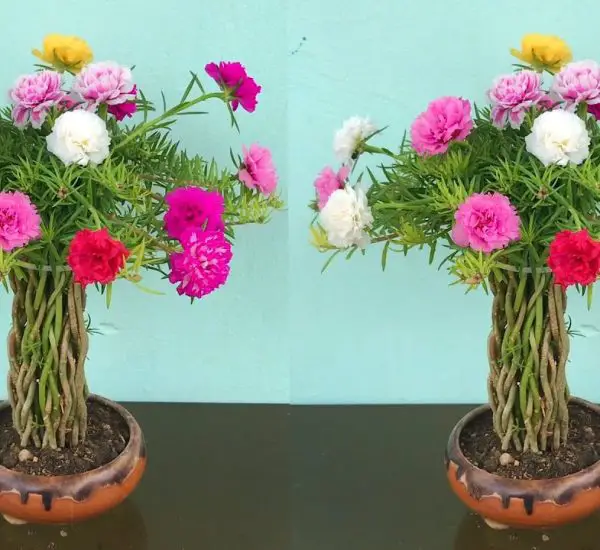Breeding Gerbera jamesonii flowers to achieve a striking display of three colors on a single plant is a fascinating gardening project. Known for their vibrant and diverse color range, Gerberas can be selectively bred to create unique and multicolored blooms. Here’s a detailed guide on how to achieve a stunning tri-color Gerbera plant.

1. Understanding Gerbera Jamesonii
A. Characteristics of Gerbera Jamesonii
- Native Origin: Gerbera jamesonii, also known as the Transvaal daisy, is native to South Africa.
- Flower Varieties: The plant produces large, daisy-like flowers in a range of colors, including red, yellow, orange, pink, and white.
B. Breeding Basics
- Cross-Pollination: To achieve multiple colors on a single plant, you’ll need to engage in cross-pollination between different color varieties.
- Genetic Variation: Breeding for color variation relies on understanding the genetic factors that influence flower color.
2. Selecting Parent Plants
A. Choosing Varieties
- Color Selection: Select Gerbera varieties with the desired colors. For a three-color plant, choose varieties that will produce distinct and complementary hues.
- Health and Vigour: Ensure both parent plants are healthy, disease-free, and have strong flowering characteristics.
B. Preparing Parent Plants
- Flower Condition: Choose plants with mature and fully developed flowers for the best cross-pollination results.
- Environmental Conditions: Ensure the plants are grown in optimal conditions, with adequate sunlight, water, and soil nutrients.
3. Cross-Pollination Technique
A. Pollination Methods
- Manual Pollination
- Preparation: Use a fine brush or cotton swab to collect pollen from the stamens of one flower.
- Application: Gently transfer the pollen to the stigma of the target flower on another plant.
- Timing: Perform pollination in the early morning or late afternoon when flowers are most receptive.
- Natural Pollination
- Insects: Encourage pollinators like bees or butterflies to assist with the cross-pollination process.
- Pollen Movement: Position the plants close together to facilitate natural pollen transfer.
B. Ensuring Successful Pollination
- Flowering Overlap: Ensure the flowering periods of the parent plants overlap to allow for effective cross-pollination.
- Protecting Pollinated Flowers: Cover the pollinated flowers with a mesh bag to prevent contamination from other pollen sources.
4. Growing and Harvesting Seeds
A. Seed Development
- Fruit Formation: After successful pollination, allow the flowers to develop into seed heads. This typically takes several weeks.
- Seed Harvesting: Collect seeds when the seed heads turn brown and dry. Store seeds in a cool, dry place.
B. Seed Sowing
- Preparation: Use a seed-starting mix for planting. Ensure the mix is well-draining and sterile.
- Sowing: Scatter seeds on the surface of the soil and lightly cover with a thin layer of soil. Keep the soil moist but not waterlogged.
5. Growing New Gerbera Plants
A. Germination and Transplanting
- Germination: Place the seed trays in a warm, bright location. Seeds typically germinate within 2-3 weeks.
- Transplanting: Once seedlings are large enough to handle and have a few true leaves, transplant them into individual pots or garden beds.
B. Care and Maintenance
- Watering: Water the plants regularly, keeping the soil moist. Avoid overhead watering to prevent fungal diseases.
- Fertilizing: Apply a balanced fertilizer every 4-6 weeks to support healthy growth and flowering.
- Pruning: Remove any dead or damaged leaves to encourage new growth and improve airflow.
6. Achieving and Maintaining Multi-Colored Blooms
A. Flower Color Development
- Observation: Monitor the new plants as they mature. The flowers may initially display a range of colors, with the desired tri-color effect emerging as they reach full bloom.
- Selection: Select and propagate plants that exhibit the three-color trait to maintain and enhance the desired characteristics.
B. Troubleshooting Color Issues
- Uniformity: Ensure consistent growing conditions to achieve uniform color development. Inconsistent light, water, or nutrients can affect color expression.
- Genetic Variability: Be aware that not all plants from the same cross will exhibit the exact tri-color pattern. Continue selective breeding to refine and stabilize the desired trait.
7. Creative Uses for Multi-Colored Gerberas
A. Garden Design
- Borders and Beds: Use tri-colored Gerberas to create vibrant flower beds or borders in your garden.
- Containers: Display multi-colored Gerberas in containers for a striking patio or balcony arrangement.
B. Floral Arrangements
- Cut Flowers: Incorporate multi-colored Gerberas into flower arrangements and bouquets for a colorful and eye-catching display.
In Summary
Breeding Gerbera jamesonii flowers to produce a tri-color effect is an exciting and rewarding gardening project. By carefully selecting parent plants, using effective pollination techniques, and providing proper care, you can achieve a stunning multi-colored Gerbera plant. Embrace this process to enhance your garden with a vibrant and unique floral display.
Copy
Show Comments



